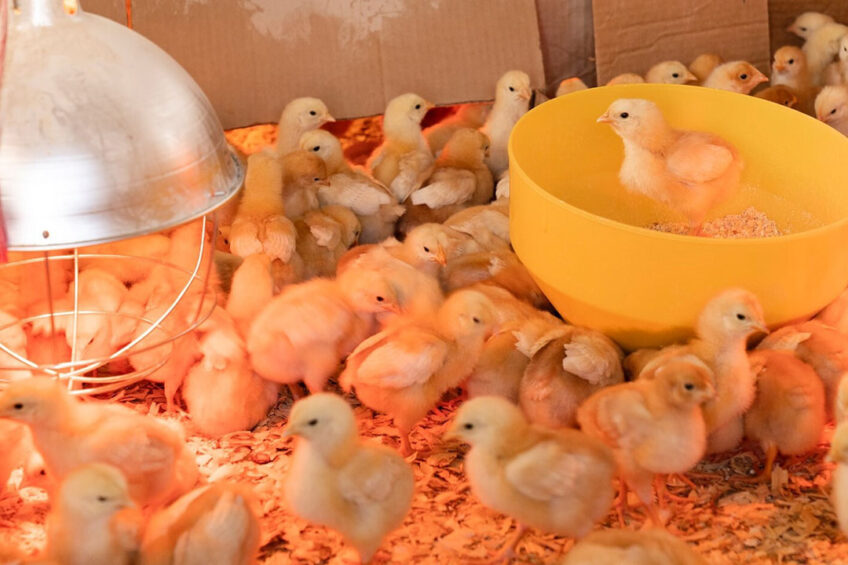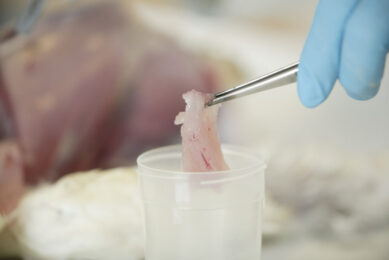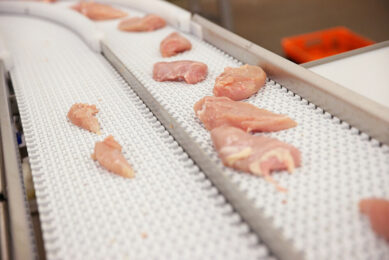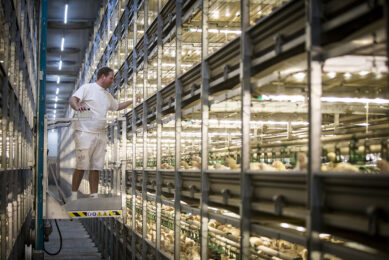Bulgaria’s poultry sector optimistic despite challenges

Bulgaria’s poultry sector had a challenging year in 2020, with its continuous growth interrupted for the first time in 10 years. However, the prospects for 2021 and 2022 remain optimistic.
The year 2020 was challenging for the poultry industry. In Bulgaria, the year began with poultry inventory 2% higher than in 2019 but ended with 10.3% lower ending stocks. Farms reduced stocks due to dwindling local and export demand and increasing production costs.
Industry estimates show a 35-50% increase in production cost between May 2020 and January 2021, while the 2020 annual market price for broilers decreased by 3% to € 145.98/100 kg compared to € 183.95/100 kg for the EU average.
Poultry cuts up, whole brids down
A total of 24 slaughterhouses operated in the country, of which 8 specialised in ducks. This is 2 more than in 2019. Poultry meat production declined by 1.4% from 2019. Commercial poultry production declined by 1.3% while non-commercial production grew by 3.8% although its share in total poultry meat supply was just 1.5%. The output of poultry cuts at slaughterhouses grew by 3.1% while that of whole birds declined by 4.1%. This trend indicates an increasing market demand for value-added and convenience products.
Broiler and duck meat output
Broiler meat output decreased by 2.5% and accounted for 79% (78% in 2019) of commercially produced poultry meat, compared to duck meat (16%). The average carcass weight was lower at 1.6 kg compared to 1.7 kg in 2019. For the first time in years, the market share for broiler cuts declined from 46% in 2019 to 39%, an indication of shifting demand towards more retail sales and more conservative consumer spending. Unlike broilers, duck meat output grew by 5.4%.
A decline in consumption after a record year
Poultry consumption decreased by 3.7% in 2020 compared to a record high in 2019. This is attributed to retail sales not making up for the decline in the food service industry. Consumption per capita (excluding dining out) remained at 2019 level (12 kg). Total poultry meat consumption is likely to witness marginal growth followed by a recovery in 2022.
Import broiler meat, export duck
In 2020, imports, which are dominated by broiler meat (94% of total poultry meat imports), declined substantially due to lower domestic demand – by 10.9% in volume and 18.3% in value from 2019. Major suppliers were Poland (20%), Hungary (20%), and Romania (18%).
Export revenues, however, come mainly from duck products. Exports decreased due to lower export demand by Greece, Cyprus, and Belgium as well as the loss of the UK as an EU market. Exports declined by 22.5% by volume and by 25.3% by value due to lower export prices. Exports of duck meat to the main export markets of France and Belgium were hard-hit by the Covid-19 pandemic.
EU-27 poultry market struggles with Covid-19
After years of growth, the EU-27 chicken meat sector is expected to contract moderately in 2020 before rebounding in 2021, although at a slower growth rate than pre-Covid. Further development of non-conventional production schemes (organic, free-range and GMO-free chickens) remains strong. Read more…
In 2020, in terms of broiler meat, exports decreased by 28.1% in tonnage and by 32.8% in value. Greece was the leading market and accounted for 44% of broiler meat exports, followed by Romania (20%). The difference between average prices for broiler meat in Bulgaria and the EU-27 provides an advantage for local exporters. In 2020, the average annual Bulgarian price was € 145.98/100 kg compared to € 183.95/100 kg for the EU average.
Slow recovery for poultry sector
A slow but steady recovery is predicted for Bulgaria’s poultry sector for MY 2021. The year began with 10.3% lower poultry stocks, including a 19.4% decline in broiler inventory. Despite 3 highly pathogenic avian influenza outbreaks on duck and layer farms from February through May 2021, the affected farms were able to recover quickly.
It is forecast that 2021 broiler meat production will increase slightly over 2020. Since consumer incomes, food service, and tourism largely drive domestic demand for poultry meat, 2021 consumption is likely to grow marginally. A stronger recovery in local demand and production is expected in 2022.
Member states with biggest decreases in poultry production
Data from January-May 2021 indicates lower broiler slaughter (-4.3%) and duck slaughter (-45%), resulting in a 12% decline in total poultry meat output over the corresponding period in 2020. As of April 2021, the European Commission reported a 16.9% drop in Bulgarian poultry meat production compared to a year ago. The EU average for this period was a 4.7% decline. The country was among the top 3 EU member states with the biggest decreases in the poultry production, along with the Netherlands and Lithuania.
Sustained positive growth
Monthly market prices for broilers grew by 7.2% from June 2020 to June 2021, reaching € 155.25/100 kg in July 2021 vs. € 137.84/100 kg at the beginning of the year. Expected abundant grain and oilseed crops and lower feed costs are projected to sustain growth for the poultry industry in the second half of MY 2021.
The information in this article has been extracted from a USDA GAINS report.












